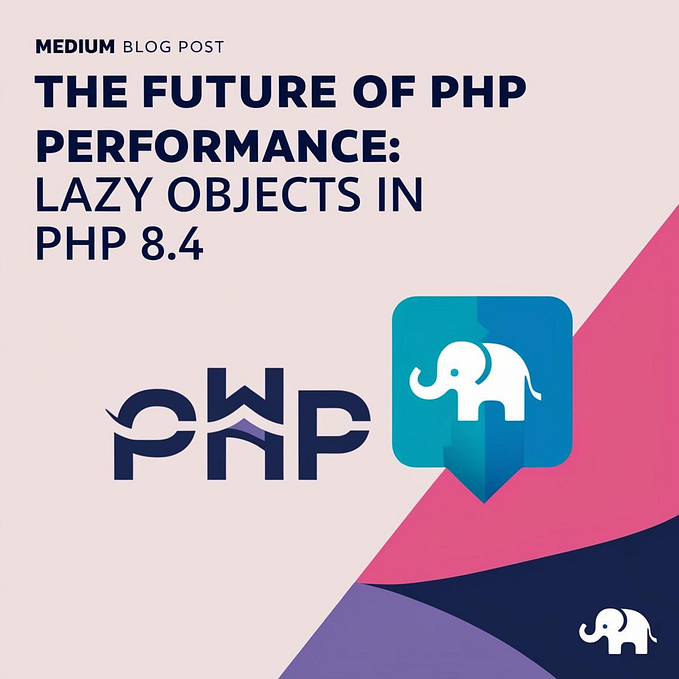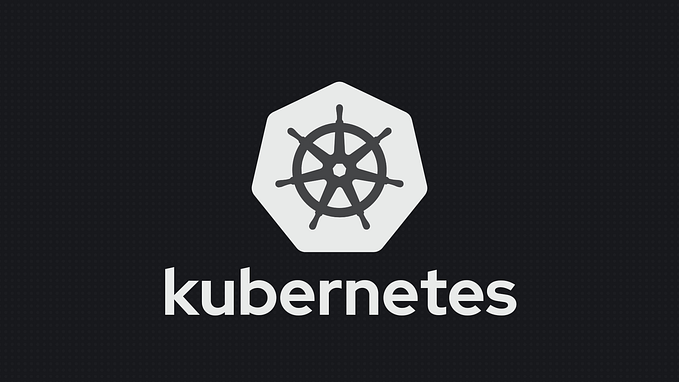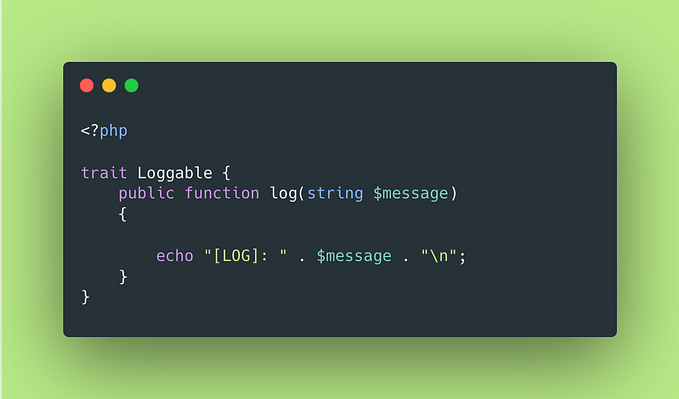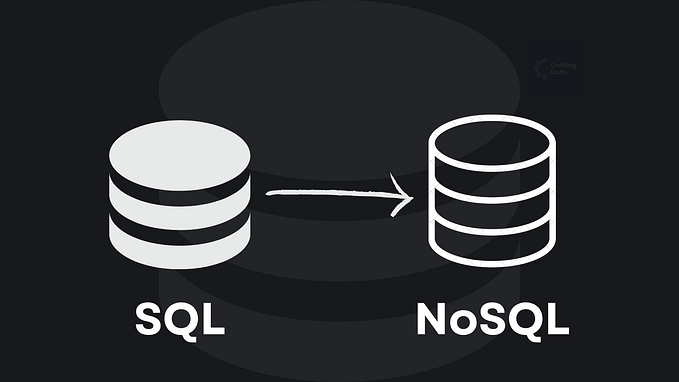
Member-only story
Elastic Search in 2025
These are my notes about Elastic search. This note series will start with a full-text search and cover semantic search.
To enhance the best experience for customers, we need to provide a great search experience.
So let's start.
Create an Elastic Account
Open the official Elastic website and create an account. It is free for 14 days.
After the registration process, you quickly fill in the onboarding steps and you will see this screen.

Select the “Build AI-powered search experience” option.

After that create an Index.

You have three options. You can collect data with a web crawler so it works well and also you can connect your database (ex: MySQL) or you can programmatically fill data with the API.









